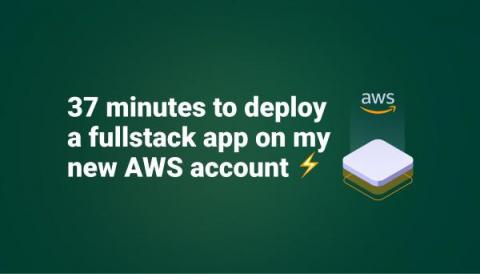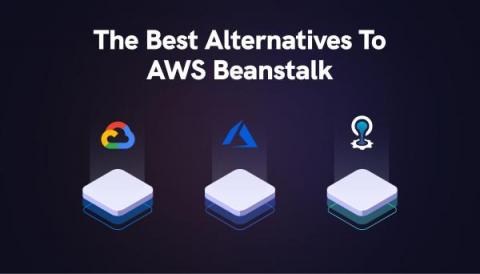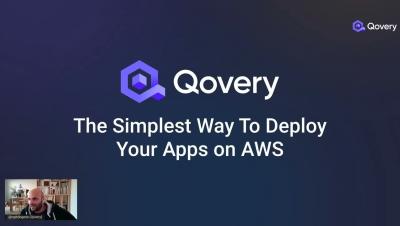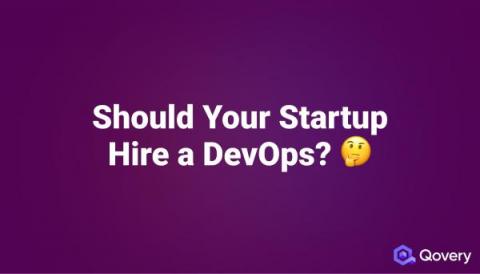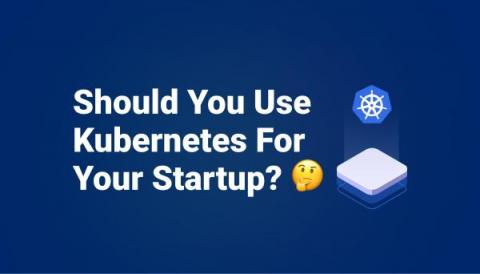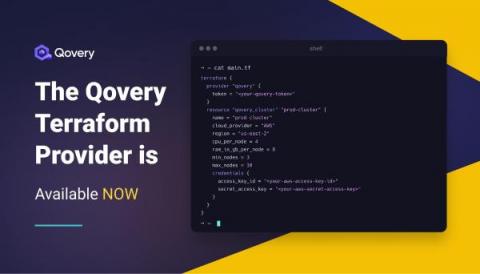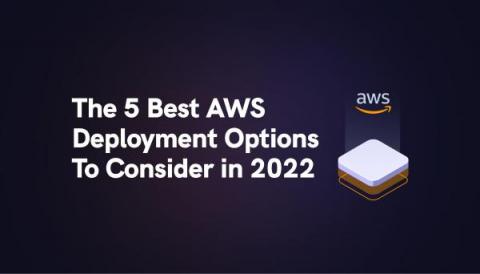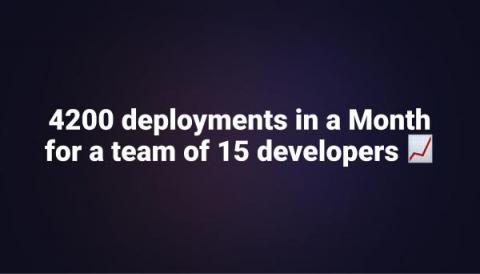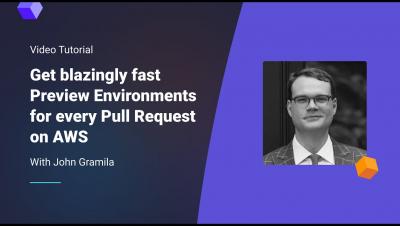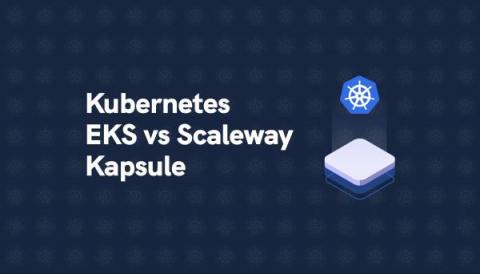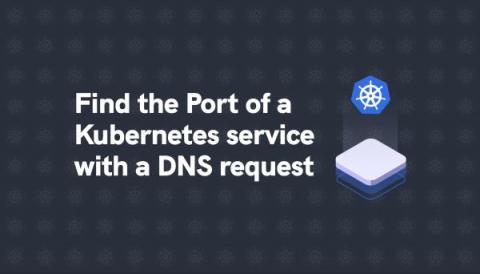37 minutes to deploy a fullstack app on my new AWS account
Today, I was working on our Terraform Provider, and I noticed that I never tried to deploy an application from scratch on a new and clean AWS account. Meaning, an empty AWS account - with 0 resources created. No VPC, no EC2, no Load Balancer, nothing... just an IAM user to get access to my AWS account programmatically. This post explains what I did and how it took 37 minutes and 33 seconds to literally: 😅 Let's explain all of that!


